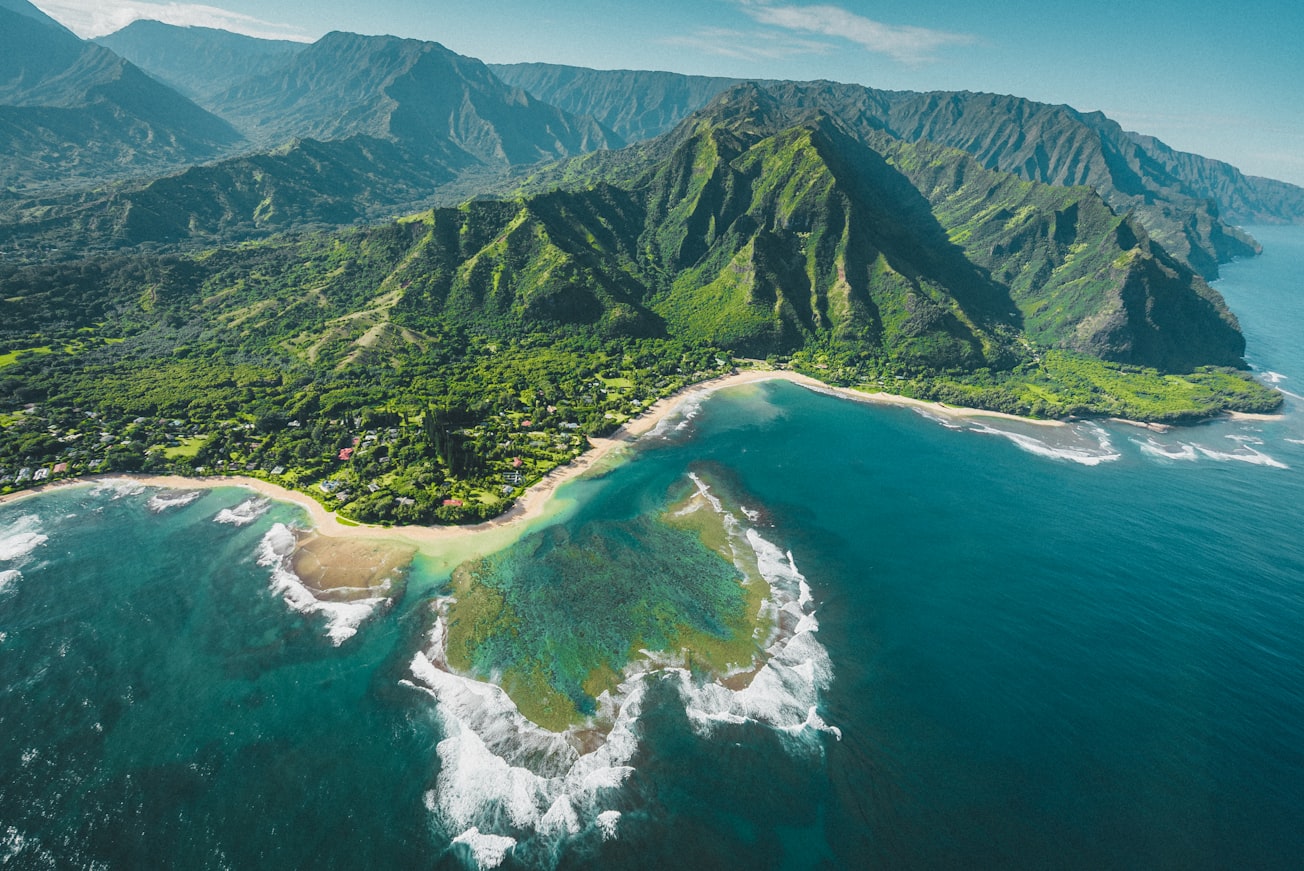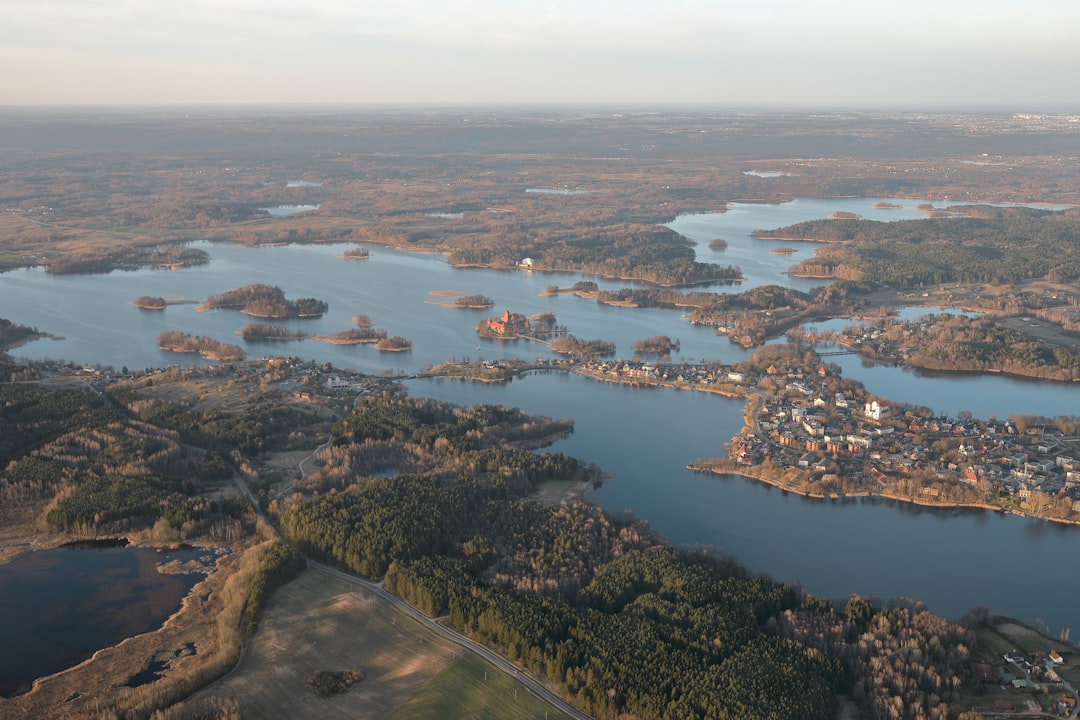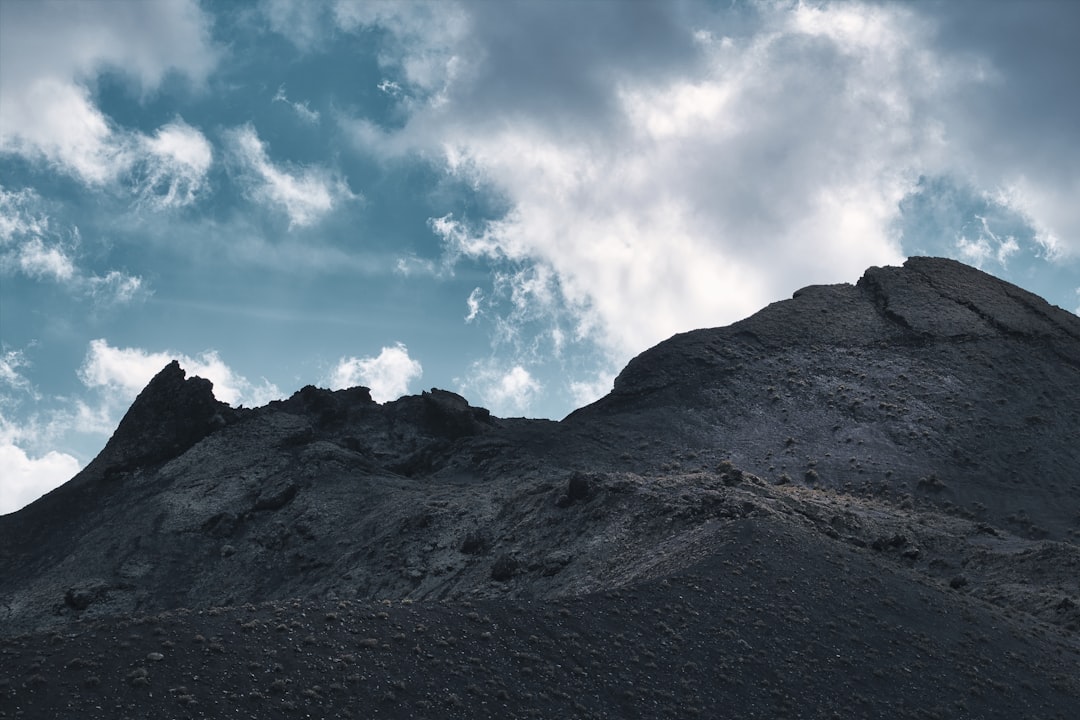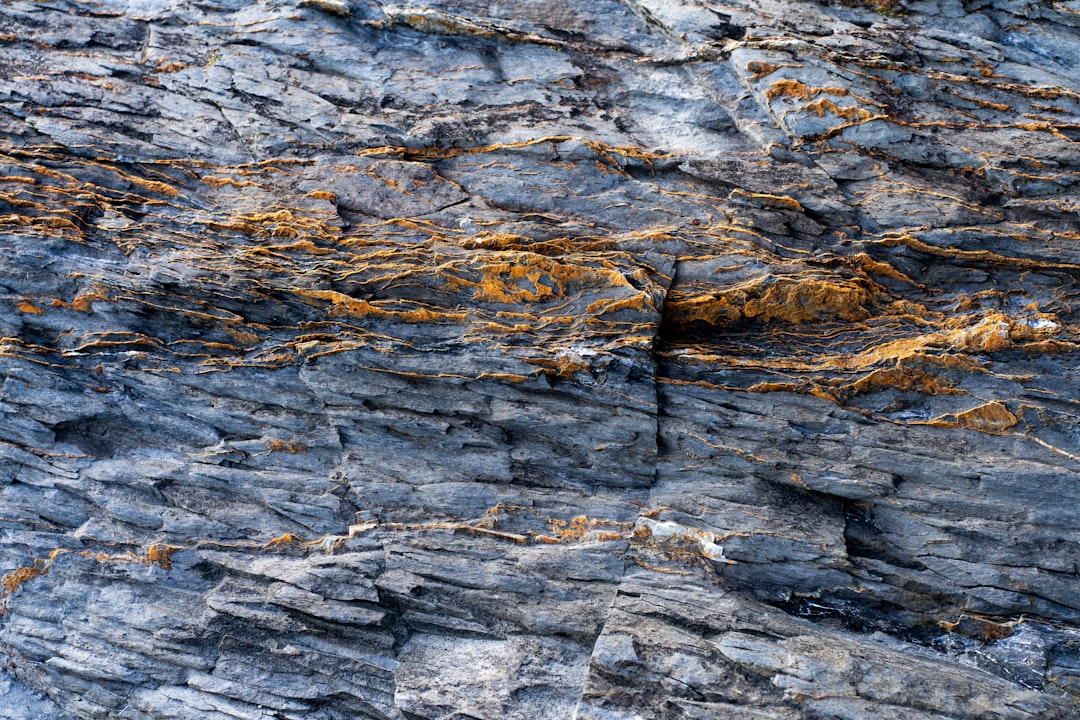What is it about?
As lithospheric plates move across mantle hotspots, melts will rise and pass through the plate to form a series of volcanos. The Hawaiian–Emperor Seamount Chain is one of Earth’s most well-known hotspot tracks and an ideal laboratory therefore for studying the nature and characteristics of volcano building and the extent to which oceanic plates bend under the weight of these volcanos, which is an indication of oceanic plate strength. As a major component of the chain, the Emperor Seamounts have been relatively little studied. To address these issues, we carried out an active-source seismic imaging experiment across the Emperor Seamounts at Jimmu guyot. The seismic velocity image reveals that Jimmu has a core made from magmas that froze within its edifice but was built mainly by volcanic processes. Due to volcanic loading, the oceanic crust is depressed by ~3.8 km. The density structure derived from the tomographic image well-predicts observed gravity, while plate flexure modeling indicates an effective elastic thickness of ~14 km, suggesting that the oceanic plate on which the Emperor chain was built was weaker at the time of volcano formation than the Hawaiian Ridge.
Featured Image

Photo by Karsten Winegeart on Unsplash
Why is it important?
This paper provides new insights into processes of volcano growth and plate loading, magmatic flux in the Emperor Seamount Chain, and the rheological properties of the upper mantle.
Read the Original
This page is a summary of: A Seismic Tomography, Gravity, and Flexure Study of the Crust and Upper Mantle Structure of the Emperor Seamounts at Jimmu Guyot, Journal of Geophysical Research Solid Earth, June 2022, American Geophysical Union (AGU),
DOI: 10.1029/2021jb023241.
You can read the full text:
Contributors
The following have contributed to this page










